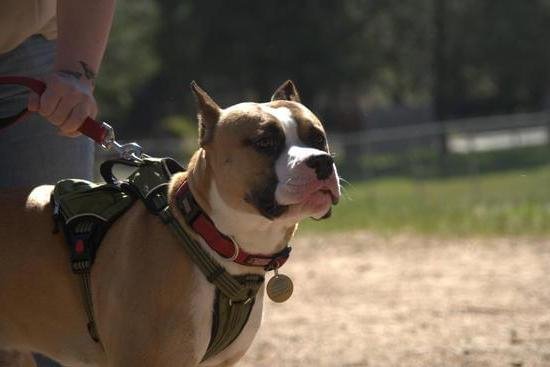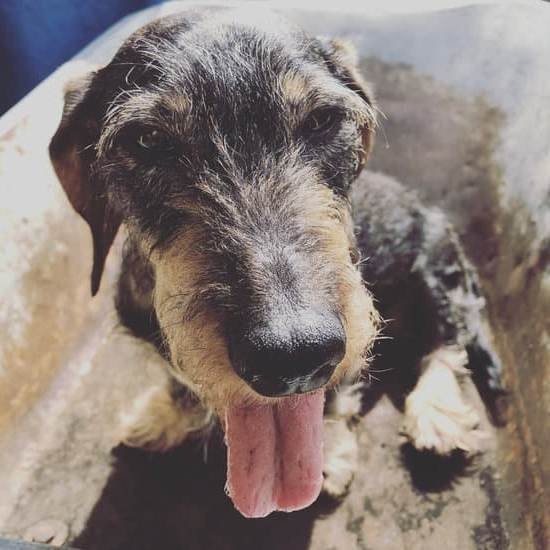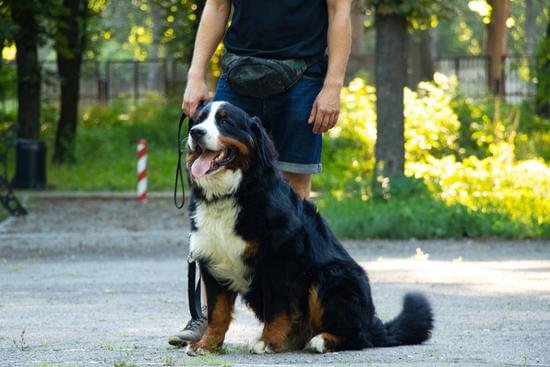It is natural for a dog to want to sleep with its pack, so putting your dog in a crate can be a challenge. Crate training is a process that can take a few weeks, but is well worth the effort.
The first step is to get your dog comfortable with the crate. Leave the door open and put some food or treats inside. Let your dog explore the crate and eat the treats. Once your dog is comfortable going in and out of the crate, close the door for a few minutes. Reward your dog for staying calm. Gradually increase the amount of time your dog spends in the crate with the door closed.
When your dog is comfortable staying in the crate for a few hours, you can start using the crate as a place to sleep. Put your dog in the crate at night and during nap time. Reward your dog for being calm in the crate.
It is important to be consistent with crate training. If you allow your dog to sleep in the bed one night and then put them in the crate the next night, they will not understand what is expected of them.
Crate Training A Dog That Hates Crates
There are many reasons why a dog might hate crates. Maybe the dog was forced into a crate as a puppy and never learned to love it. Maybe the dog was confined to a crate for long periods of time when it was young and never had a chance to explore and play. Or maybe the dog was abused in a crate.
Whatever the reason, if your dog hates crates, it can be a real challenge to crate train him. The key is to be patient and to take things slowly.
The first step is to make the crate a positive place for the dog. Start by putting some of the dog’s favorite toys and treats in the crate. Then, spend some time playing with the dog in the crate. Let him explore and chew on his toys. Once he’s comfortable in the crate, you can start using it for training.
If the dog resists going into the crate, start by slowly coaxing him in with treats or toys. Once he’s in, praise him and give him a treat. If the dog tries to leave the crate, gently guide him back in and praise him.
If the dog is reluctant to stay in the crate for long periods of time, start by putting him in for a few minutes at a time and gradually increase the amount of time he spends in the crate.
It’s important to be patient and consistent when crate training a dog that hates crates. With patience and perseverance, you can eventually train your dog to love his crate.
Crate Training Dog Barks All Night
If you have a dog that barks all night, you may be wondering how to crate train him so that he will stop. The good news is that it is possible to crate train a dog to stop barking all night, and it is relatively easy to do.
The first step is to make sure that you are providing your dog with enough exercise. A tired dog is less likely to bark all night. If your dog is getting enough exercise, you may need to look at other reasons why he is barking.
One possibility is that your dog is barking because he is bored. In this case, you can try to give him more toys and puzzles to play with, or you can take him for more walks.
If your dog is barking because he is anxious or scared, you may need to work on helping him to feel more comfortable in his environment. You can do this by gradually exposing him to new things and situations, and by providing him with plenty of positive reinforcement.
If you have tried all of these things and your dog is still barking all night, you may need to consider crating him. Crating can be a very effective way to stop a dog from barking all night, but it is important to do it correctly.
The first step is to make sure that your dog is comfortable in his crate. You can do this by placing a few toys and treats in the crate, and by giving your dog plenty of positive reinforcement when he goes into the crate.
The next step is to start crating your dog for short periods of time. Gradually increase the amount of time that your dog spends in the crate until he is sleeping through the night.
If you follow these steps, you should be able to crate train your dog to stop barking all night.
Crate Training Older Dog
One of the best things you can do for your older dog is get them crate trained. A crate can provide a safe, comfortable place for your dog to relax and feel secure, which is especially important for older dogs who may be dealing with health issues or anxiety.
Here are a few tips for crate training your older dog:
1. Start by introducing your dog to the crate gradually. Put a soft blanket or toy inside and let your dog explore at their own pace.
2. Don’t force your dog into the crate. If they’re not interested, don’t try to make them go in.
3. Reward your dog for entering the crate and staying inside. treats, petting, and verbal praise are all good rewards.
4. Don’t use the crate as a punishment. If your dog is reluctant to enter the crate, don’t force them, and don’t use the crate as a place to leave your dog when you’re not home.
5. Make sure your dog has plenty of opportunities to go outside and relieve themselves. Crating your dog for too long can lead to accidents.
6. If your dog starts to chew on the crate, provide them with appropriate chew toys.
With a little patience and persistence, you can have your older dog happily crate-trained in no time!
How Do You Crate Train An Older Dog
?
Crate training is a popular way to housebreak dogs, as it confines them to a small, specific area where they can’t soil their surroundings. It can also be a helpful way to transport dogs, as they have a safe, comfortable place to rest. However, crate training an older dog can be a little more difficult than training a young dog, as they may have developed bad habits or be resistant to change.
The first step in crate training an older dog is to introduce them to the crate slowly. Place the crate in an area where the dog spends a lot of time, such as the living room, and put some treats or toys inside. Let the dog explore the crate on their own and get comfortable with it. Once the dog is used to the crate, start feeding them their meals inside it. This will help them associate the crate with positive things, such as food.
Once the dog is comfortable with the crate, begin using it for short periods of time. Start by putting the dog in the crate for 10 minutes, then increase the time as they get used to it. If the dog starts to whine or bark, wait until they stop before letting them out. Do not give in to their demands, as this will only reinforce the bad behavior.
If the dog has a lot of accidents in the house, you may need to confine them to the crate for longer periods of time. Make sure they have plenty of water and access to a potty area. As they start to have more success in the crate, you can slowly begin to give them more freedom.
Crate training an older dog can be a challenge, but it’s worth it in the end. With patience and persistence, you can help your dog overcome their bad habits and learn to love their crate.

Welcome to the blog! I am a professional dog trainer and have been working with dogs for many years. In this blog, I will be discussing various topics related to dog training, including tips, tricks, and advice. I hope you find this information helpful and informative. Thanks for reading!





